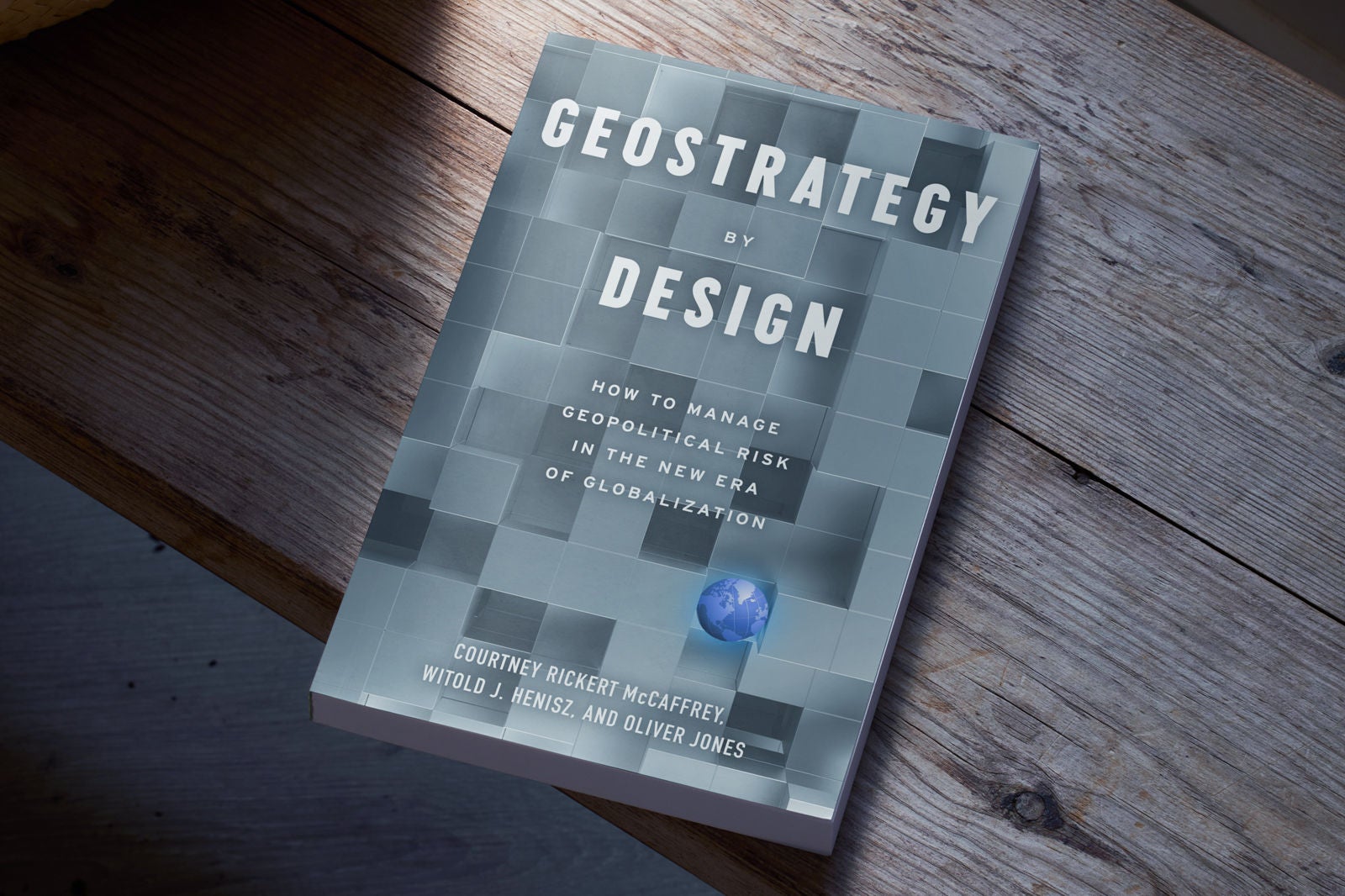Third, companies should manage the political risks that are considered material to their business, integrating them into connected-risk approaches. The political risks to actively manage should be determined by the outputs from the scan and focus processes. The risk team should target hedging strategies that help reduce the impact of downside geopolitical developments and other political risk events, while also proactively identifying strategic opportunities the company could pursue related to upside risks.
Fourth, executives should strategize by incorporating geopolitical considerations and other political risk analysis into strategic decisions. Executives should task the geostrategic team with conducting a global footprint assessment for geopolitical risks — and then adjust their footprint strategy accordingly. They should also proactively include political risk analysis in strategic planning processes, especially when pursuing transactions, considering entering or exiting markets, and refreshing or creating a business strategy.
Finally, and perhaps most importantly, companies should govern via a cross-functional geostrategic team. Boards and C-suites need to put in place the proper governance structure so that all of these activities are coordinated across the organization. Only in doing so can executives create the culture shifts necessary for the successful integration of geostrategy into business operations and strategy.
How to build your geostrategic infrastructure
In the new era of globalization, geostrategic imperatives will affect both short-term profits and long-term value creation. The performance of CEOs and other executives will be increasingly measured by their geostrategic performance and acumen. That’s because shifting geopolitical circumstances will have more material impacts on business outcomes.
Research and the significant experience of EY teams in helping companies implement geostrategies suggest that establishing or improving governance structures should be the first priority. There are three steps to ensuring a company’s geostrategy governance is fit for purpose in the new era of globalization:
- Create a dedicated function: Make an individual, committee, or function ultimately responsible for geostrategy — and hold them accountable.
- Assemble the team: Include a diverse set of executives in geostrategy governance, including the key roles of government relations, operations, risk and strategy.
- Break down silos: Establish the geostrategy team as a coordinating hub for political risk assessments to be shared broadly across the organization, including both top-down and bottom-up information sharing.







